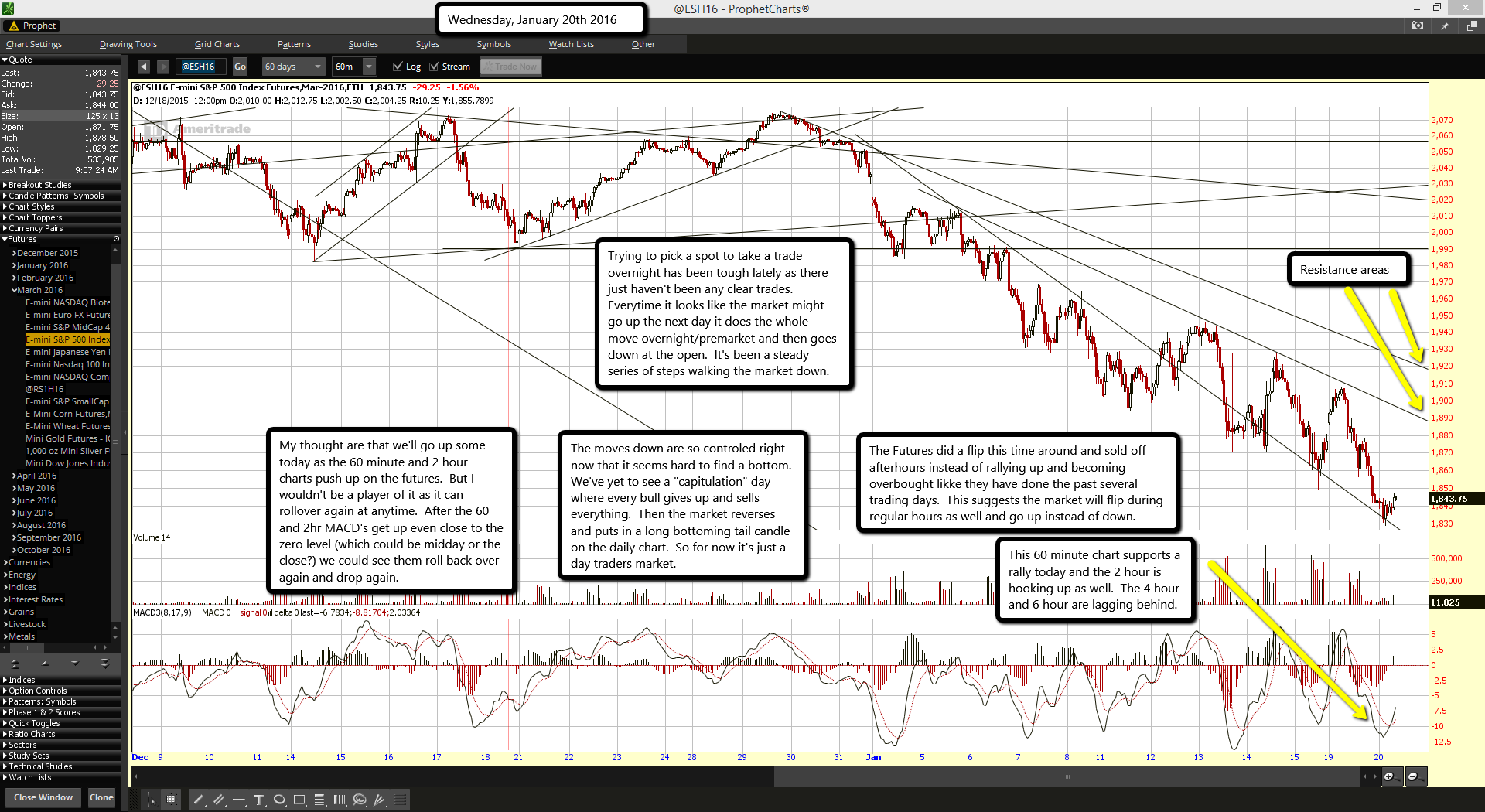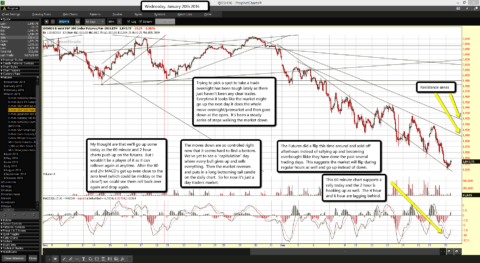[ad_1]

The global sell-off intensified wednesday. Stocks plunged more than 500 points. Oil dipped below $27 a barrel for the first time since 2003.
Wochit
Wednesday was a wild roller coaster on Wall Street, with stocks moving off of earlier, huge losses and the Nasdaq almost landing in positive territory.
After skydiving more than 500 points earlier in the day, the Dow ended down about 250. The Nasdaq, after being hammered earlier, ended down 0.1%.
In the previous session, the Dow had eked out a 28-point gain.
The sell-off that has engulfed global stock markets early in 2016 intensified from the market open, with the Dow plunging as much as 565 points and oil breaking below $27 a barrel for the first time since 2003, Japanese stocks skidding into bear market territory and European shares shedding more than 3%.
"It is fear based selling," says Nick Sargen senior investment advisor at Fort Washington Investment Advisors. But it is not yet "panic selling" like back in 2008, he adds.
Sparking Wednesday's stock sell-off around the world were many of the same worries that have dragged down shares all year: fears of slowing growth around the globe and the continued plunge in oil at a time when markets are craving stabilization in the oil patch. U.S.-produced crude, which tumbled as low as $26.19, was down $1.85 a barrel around 2:15 p.m. ET, or 6.5%, to $26.63, its lowest level since May 2003.
For now, as many Wall Street pros have been saying, "As oil goes, so goes the stock market." Unfortunately, signs of stabilization in the oil patch have not appeared amid a supply gut, slowing global growth and Iran brining on more supply after economic sanctions were lifted.
.
"De-risking remains the name of the game in today's financial markets," David Rosenberg, chief economist and strategist at Gluskin Sheff, noted in a report.
The broader Standard & Poor's 500 stock index was off 2% to 1843, and if that drop sticks it will put the closely followed U.S. stock benchmark below its closing low in August at the bottom of the market's last correction. A drop below that key 1867.61 level, pros say, could signal even lower prices with the next support around 1800 to 1820, stock chart watchers say.
The S&P 500 is trading at levels not seen since October 2014, and was also flirting with a close below the intraday low of 1820.66 back on Oct. 15, 2014, which occurred at the height of the panic selling during the Ebola virus scare.
"Stocks are stress testing the August lows," Robert Sluymer, a technical stock analyst at RBC Capital Markets told clients in a report.
Sluymer pointed out to clients that even though the market is oversold and beaten down, the S&P 500 "has yet to show any meaningful evidence of bottoming."
Key levels to watch on the S&P 500, Sluymer says, is the 1867 level (or the low in August). If that doesn't hold, the next key support for the broad U.S. stock gauge is the low of around 1820 in the fourth quarter of 2014.
The Nasdaq composite pared it losses and was down 1.1%.
Investors were shedding risk and heading to the safety of perceived havens, such as the 10-year U.S. Treasury note, where prices were rising and yields were falling. The yield on the 10-year note dipped to 1.96%. The last time the yield closed at that low level was back in mid-October.
"Risky assets (are) retreating as oil prices hit new lows and growth concerns remain elevated," Guillermo Felices of Barclays told clients in a note. "The pick-up in risk aversion has spread ... ."
Heading into Wednesday's trading session, the Dow was down 8.1% for the year and 12.5% from its May record close. The S&P 500 was down 8% for 2016 and off 11.7% from its May peak. The Nasdaq composite kicks off the day off 10.6% in the new year and down 14.2% from its July all-time closing high.
In a sign of the market's recent pain, a wide swatch of stock indexes around the world are now in bear market territory, or more than 20% below recent highs. Japan's Nikke 225 is now in a bear market. In Europe the Stoxx Europe 600 dipped into bear territory last week. Here at home, the small-cap Russell 2000 stock index kicks off the day 23.2% below its June high, and the Dow Transportation average, another key index, is also down more than 20%.
In another rough market session overseas, Japan's Nikkei 225 index fell 3.7%, leaving it down more than 20% from its recent high. Hong Kong's Hang Seng index fell 3.8%, while mainland China's Shanghai composite fell 15.
The selling was intense in Europe. The broad Stoxx Europe 600 index was down 3.3%. Germany's DAX index was off 2.8% and the CAC 40 in Paris was down 3.5%.

How should the average investor react as global stocks experience volatility? Charisse Jones with five tips for the every day investor.
Read or Share this story: http://usat.ly/1V8kwJv
[ad_2]























 Wealth of Common Sense
Wealth of Common Sense






 Oxfam
Oxfam

 Oxfam
Oxfam Getty Images
Getty Images Reuters
Reuters